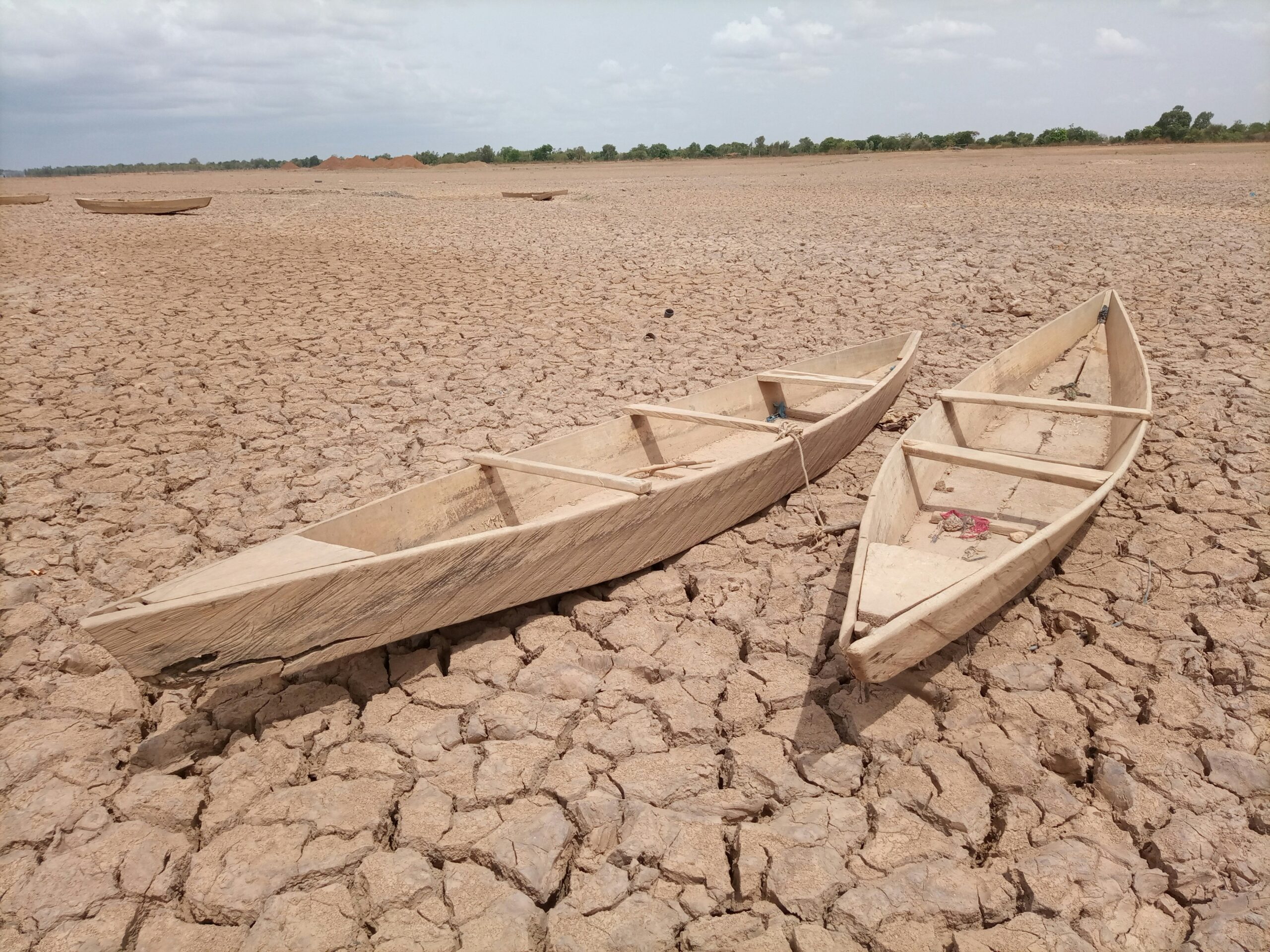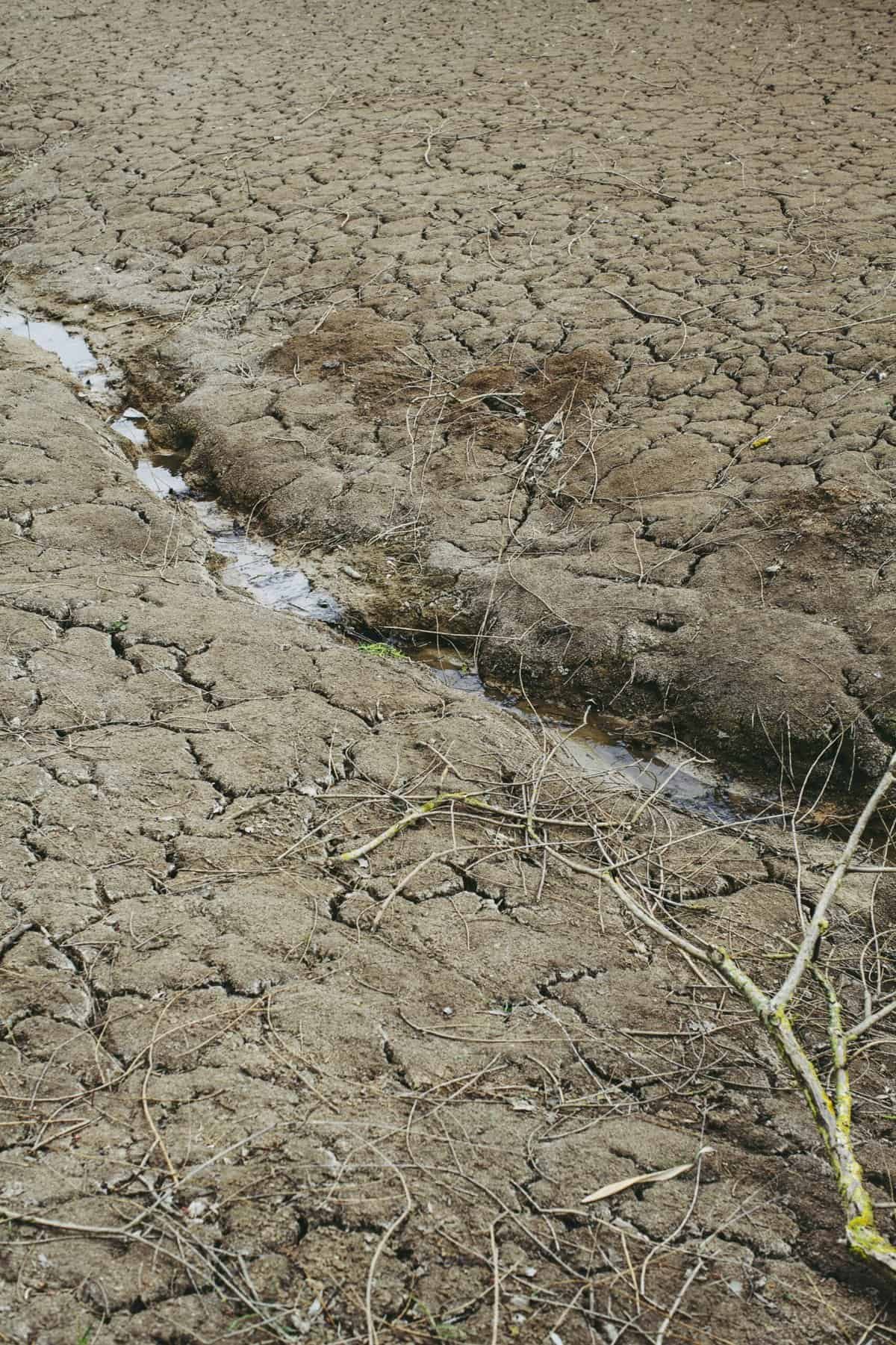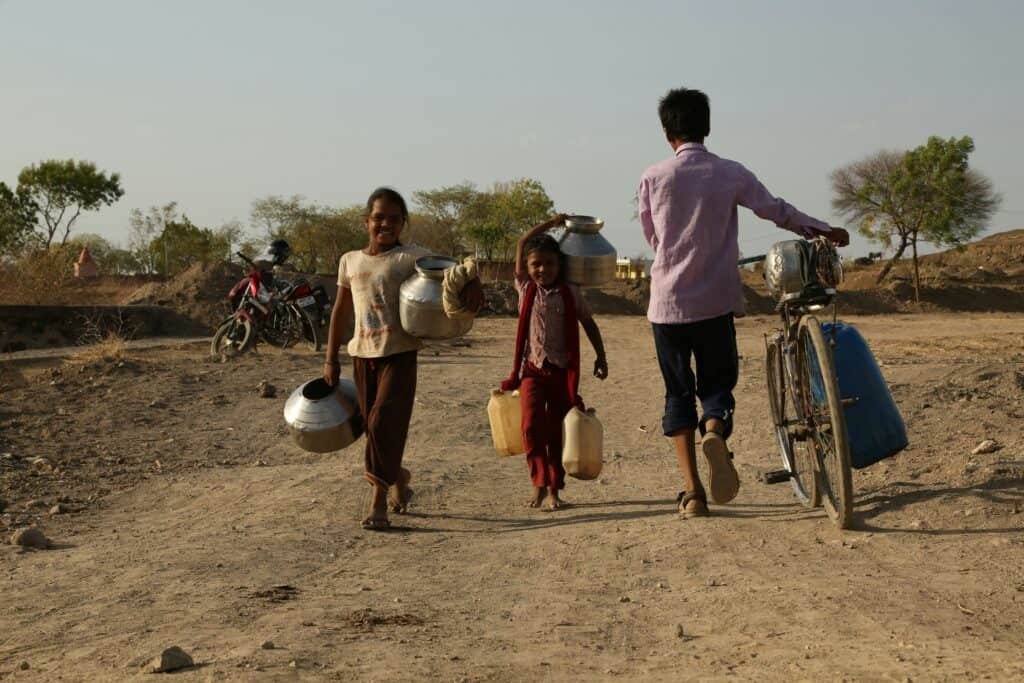In a heartwarming display of community spirit, a local neighbor stepped up to assist residents in Medina Lake as their water wells began to dry up. With water scarcity becoming an increasing concern, this Good Samaritan not only provided practical help but also offered a beacon of hope to those affected. They organized distribution of bottled water, coordinated with local authorities to find temporary solutions, and rallied other community members to join in their efforts. This act of kindness has created a ripple effect, inspiring others to lend a hand during this challenging time. Such stories remind us of the power of unity and compassion in facing and overcoming difficulties together. Have you ever wondered what it would be like to wake up one day and find that there’s no water coming out of your tap? For the residents around Medina Lake, this scenario has become a harsh reality as water wells in the area dry up. It’s a difficult and alarming situation, one that puts the very basics of daily life into jeopardy. But amidst these challenges, a remarkable story of neighborly support and community resilience shines through.
The Dire Water Situation in Medina Lake
Water is a fundamental necessity for life. Unfortunately, residents around Medina Lake have been experiencing a progressively worsening water crisis, with many private wells drying up. This crisis has a ripple effect, impacting daily activities, agriculture, hygiene, and overall well-being.
The Causes Behind Drying Wells
Several factors contribute to the drying up of water wells:
- Climate Change: Prolonged droughts and shifts in weather patterns reduce the replenishment of groundwater levels.
- Over-extraction: Intensive farming, increasing population, and industrial activities place excessive demands on the underground aquifers.
- Aging Infrastructure: Older wells and inadequate maintenance can also lead to inefficiencies and eventual failure.
Impact on Daily Life
The ramifications are profound:
- Household Chores: Tasks such as cooking, cleaning, and bathing become exceedingly difficult.
- Health Concerns: Lack of clean water can lead to hygiene issues and health problems.
- Agricultural Impact: Farmers struggle to water their crops or hydrate livestock, affecting local food supply.
How One Neighbor Made a Difference
In an inspiring turn of events, one resident stepped forward to offer a lifeline to his community. This neighbor, aware of the drastic need for water, decided to leverage his resources to help those around him.
The Helping Hand
Here’s how this neighbor, whom we’ll call “John” for now, managed to provide crucial assistance:
- Pooled Resources: John had access to a deeper, still-functional well on his property.
- Water Distribution: He set up a system to distribute water to affected households, ensuring that his neighbors had access to this vital resource.
- Community Mobilization: By rallying others, he created a network of support, effectively distributing water and sharing resources.
The Community Response
The community’s response to John’s initiative was overwhelming:
- Gratitude and Relief: The immediate relief provided to the households was palpable, with many expressing heartfelt thanks.
- Collective Effort: Encouraged by John’s example, other residents pitched in, offering logistical support, transportation, and even financial aid to keep the water distribution running smoothly.

Long-term Solutions and Community Actions
While John’s efforts provide a temporary balm, long-term solutions are essential to address the crisis at its root. The community, local authorities, and organizations need to collaborate on sustainable solutions.
Assessing and Managing Water Resources
Effective water resource management is critical:
- Regular Inspections: Conduct periodic checks on the condition of wells and infrastructure.
- Water Audits: Assess water usage to identify and mitigate wastage.
- Updated Technology: Implement advanced drilling and pumping technologies to enhance efficiency and sustainability.
Community-driven Initiatives
The strength of community-driven efforts cannot be underestimated:
- Rainwater Harvesting: Encouraging and assisting households to install rainwater harvesting systems can significantly relieve the strain on groundwater.
- Education and Awareness: Educating residents about water conservation techniques can foster responsible water usage.
- Support Groups: Establishing local committees to manage and monitor water usage and resources can ensure a more organized approach.
| Action | Description | Benefits |
|---|---|---|
| Regular Inspections | Periodic checks on wells and infrastructure | Identifies issues early, preventing major failures |
| Water Audits | Assessing household and agricultural water usage | Helps identify and mitigate water wastage |
| Updated Technology | Advanced drilling and pumping technologies | Enhances efficiency, reduces resource depletion |
| Rainwater Harvesting | Collecting and storing rainwater for household use | Reduces demand on groundwater, offers a sustainable water source |
| Education and Awareness | Teaching community about efficient water use and conservation techniques | Promotes responsible usage, reduces overall water consumption |
| Support Groups | Local committees manage and monitor water resources | Ensures organized and equitable distribution of available water |
Government and Organizational Support
Local and regional authorities play a critical role in addressing this crisis effectively.
Policy and Regulation
Enforcing policies and regulations can protect water resources:
- Water Usage Regulations: Implementing restrictions and guidelines on water usage can help prevent over-extraction.
- Subsidies and Incentives: Offering subsidies for rainwater harvesting systems or water-efficient appliances can encourage adoption.
- Monitoring Systems: Establishing robust monitoring systems to oversee water levels and usage helps in timely interventions.
Infrastructure Development
Investing in infrastructure can alleviate water scarcity:
- Building Reservoirs: Constructing reservoirs can store rainwater and buffer against dry spells.
- Upgrading Wells: Ensuring that wells are equipped with the latest technology can improve water retrieval and storage efficiency.
- Distribution Networks: Developing efficient water distribution networks ensures that water reaches even the most remote households.
Emergency Response Plans
Developing comprehensive emergency response plans is essential:
- Crisis Management: Formulate strategies for immediate relief during water shortages.
- Supply Chains: Establish reliable supply chains for water distribution during emergencies.
- Public Communication: Maintain clear lines of communication to update residents on water availability and conservation measures.

The Importance of Community Resilience
Crises like the one faced by the residents around Medina Lake underscore the importance of building resilient communities that can adapt and thrive despite adversities.
Solidarity and Support
In times of crisis, the strength of community bonds is crucial:
- Mutual Aid: Encourage a culture of mutual aid where neighbors support each other.
- Collaboration: Foster collaboration between residents, local businesses, and authorities to pool resources and efforts.
- Volunteerism: Promote volunteerism to assist with initiatives such as water distribution, conservation education, and infrastructural upkeep.
Building a Sustainable Future
A sustainable approach to water management is essential for long-term resilience:
- Innovative Solutions: Invest in innovative solutions like desalination, water recycling, and alternative water sources.
- Resilient Practices: Adopt agricultural practices that consume less water, such as drip irrigation and drought-resistant crops.
- Community Planning: Integrate water sustainability into community planning, ensuring that future developments do not exacerbate water scarcity.
Environmental Stewardship
Nurturing the environment plays a pivotal role in ensuring water availability:
- Reforestation: Planting trees and restoring habitats can improve groundwater recharge.
- Conservation Efforts: Maintain healthy ecosystems that naturally regulate and purify water sources.
- Pollution Control: Implement measures to prevent contamination of water sources from industrial, agricultural, and residential activities.
Conclusion
The water crisis around Medina Lake is a stark reminder of how vulnerable we can be to changes in our environment and infrastructure. However, it also highlights the tremendous power of community and the significant difference that individuals can make. John’s story is a testament to the impact of empathy and collective action. While temporary solutions provide immediate relief, sustainable and long-term approaches are necessary to ensure that no resident has to face dry taps again.
By working together—residents, authorities, and organizations—it’s possible to address the complexities of water management effectively. Building resilient communities involves concerted actions, forward-thinking policies, and a shared commitment to sustainability. It’s about creating a future where everyone enjoys the basic right to clean, accessible water. Because, in the end, water is life, and our communities hold the key to safeguarding it for generations to come.
Thank you for taking the time to read about the efforts and challenges in and around Medina Lake. We hope this article has brought a deeper understanding of the situation and inspired you to think about how you can contribute to water conservation and community resilience in your own area.

